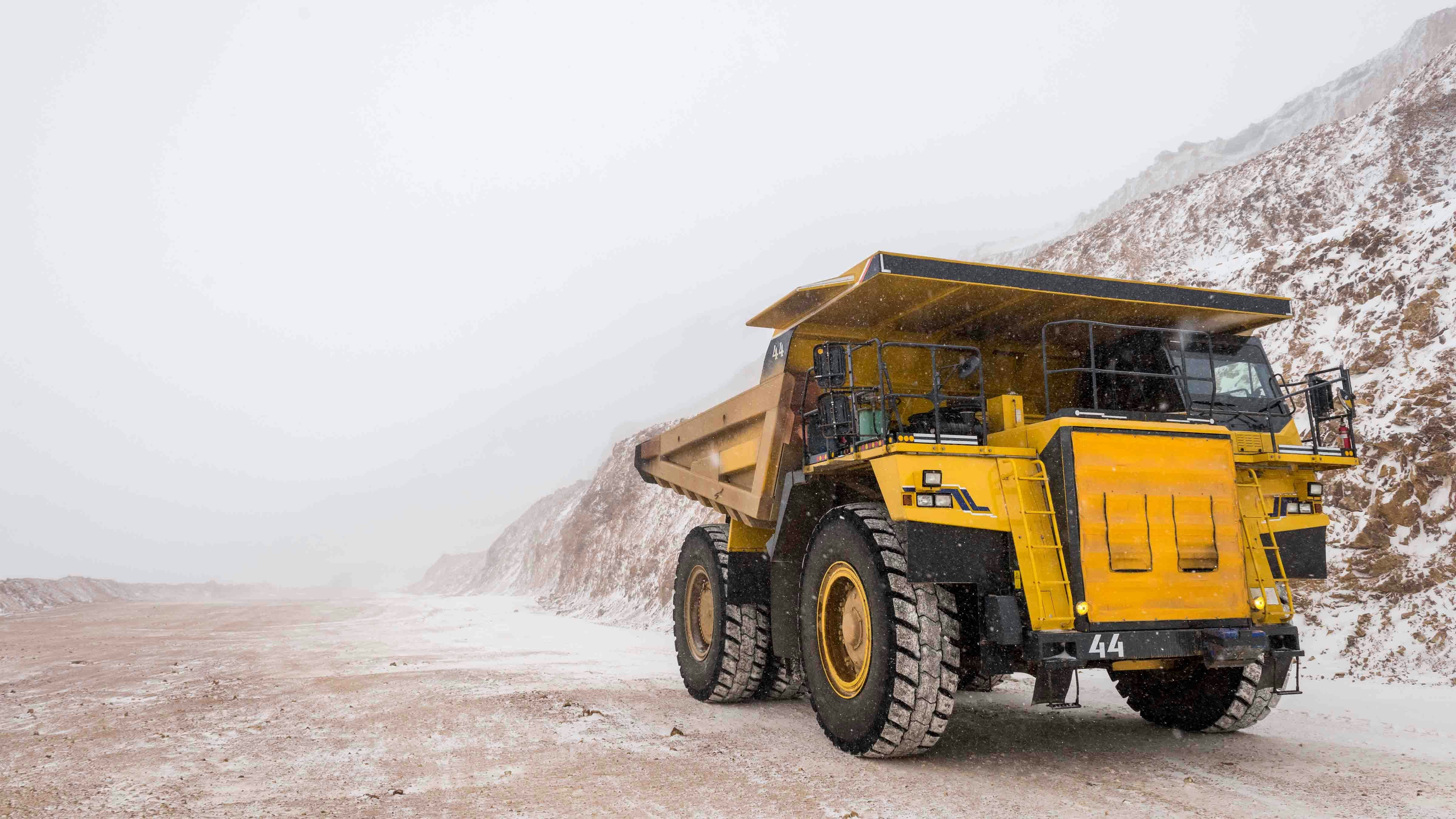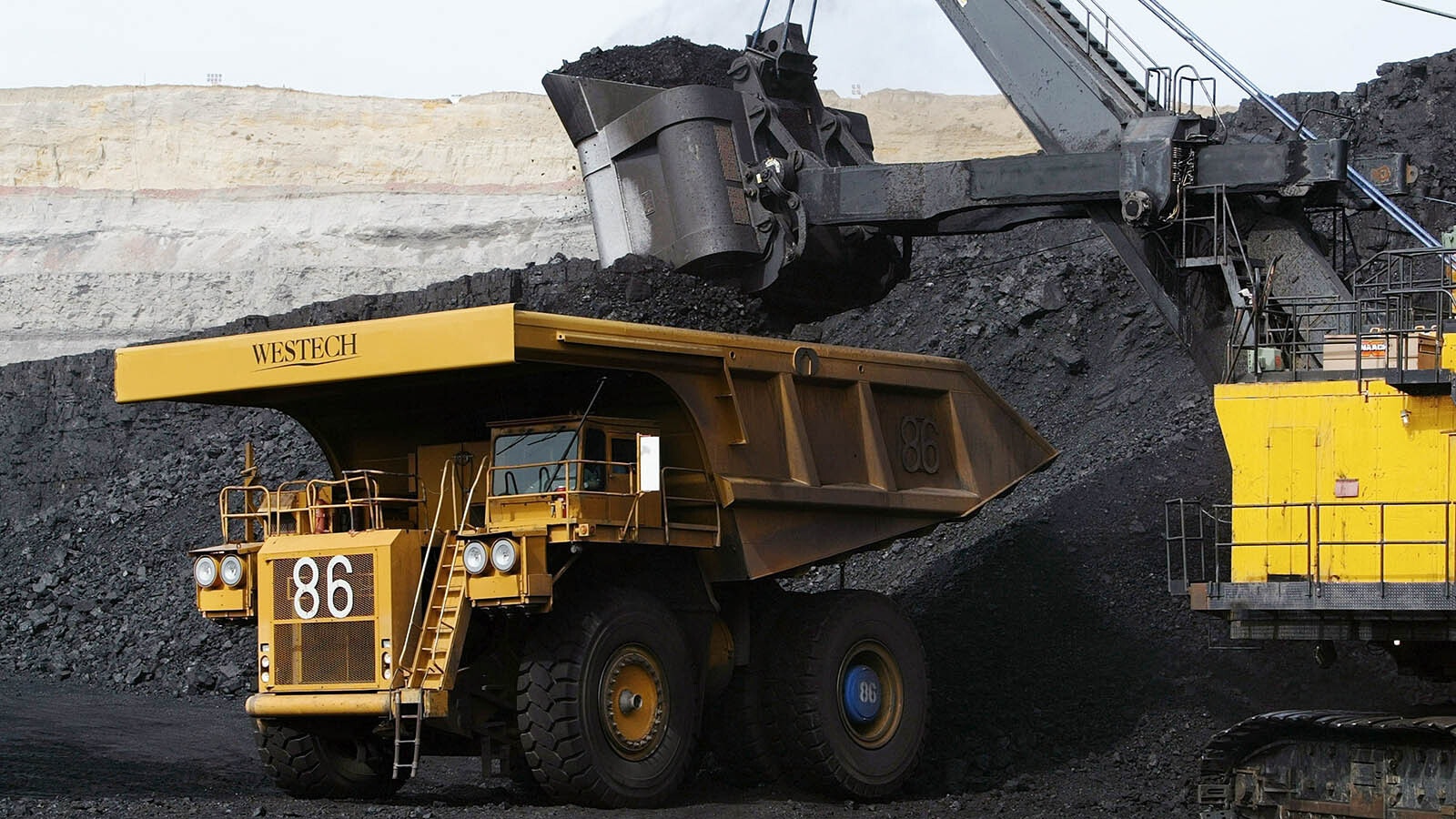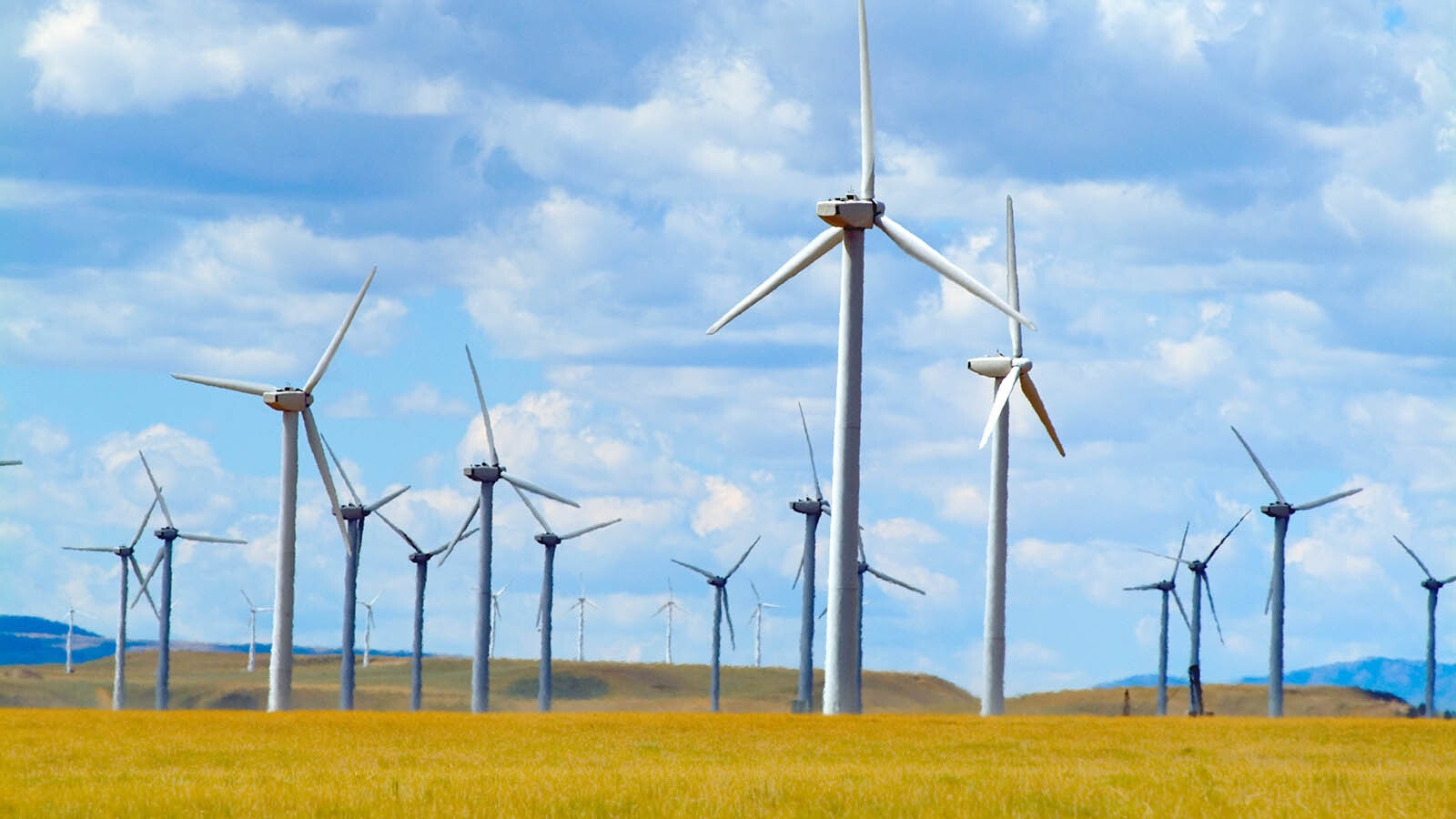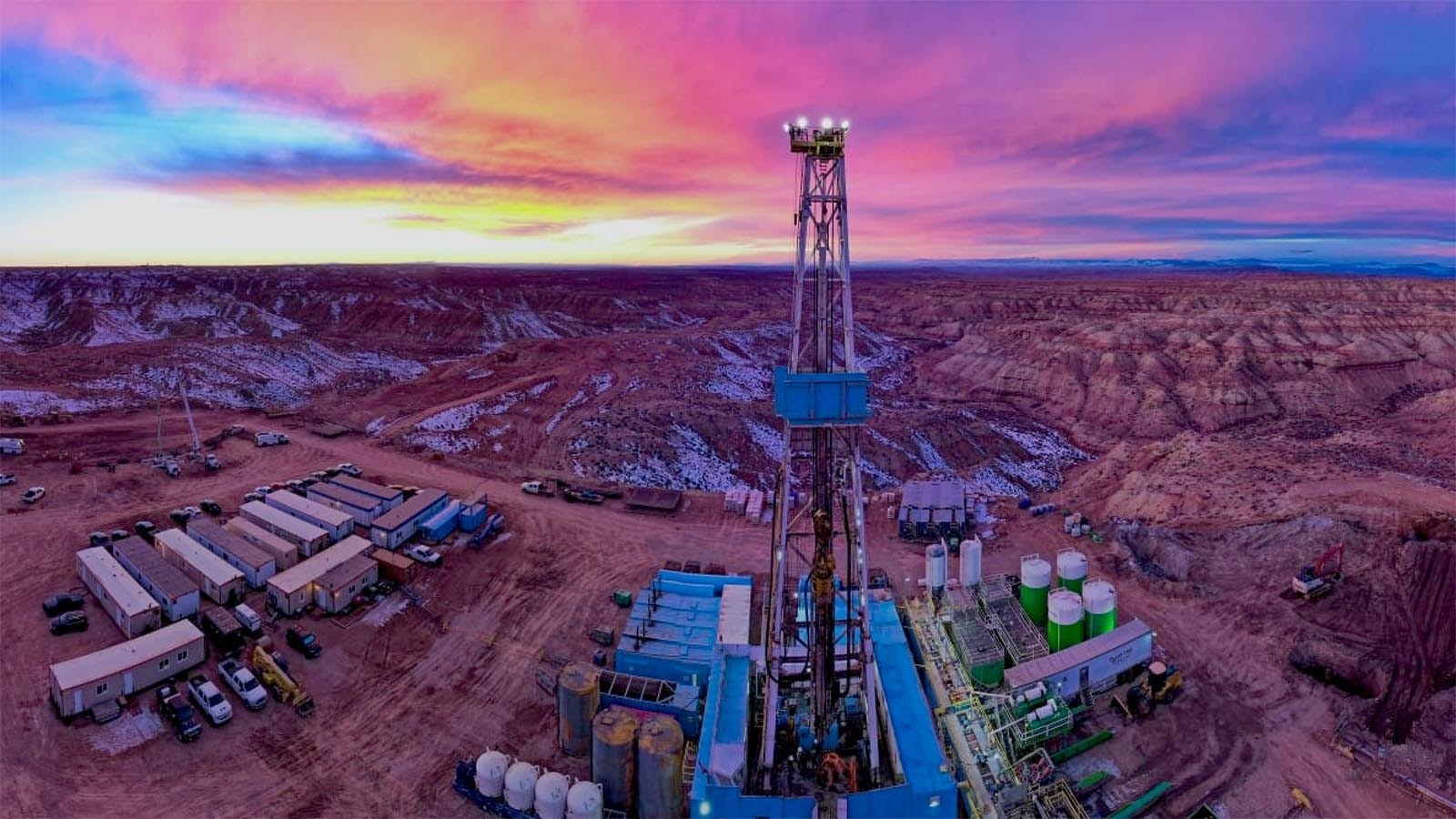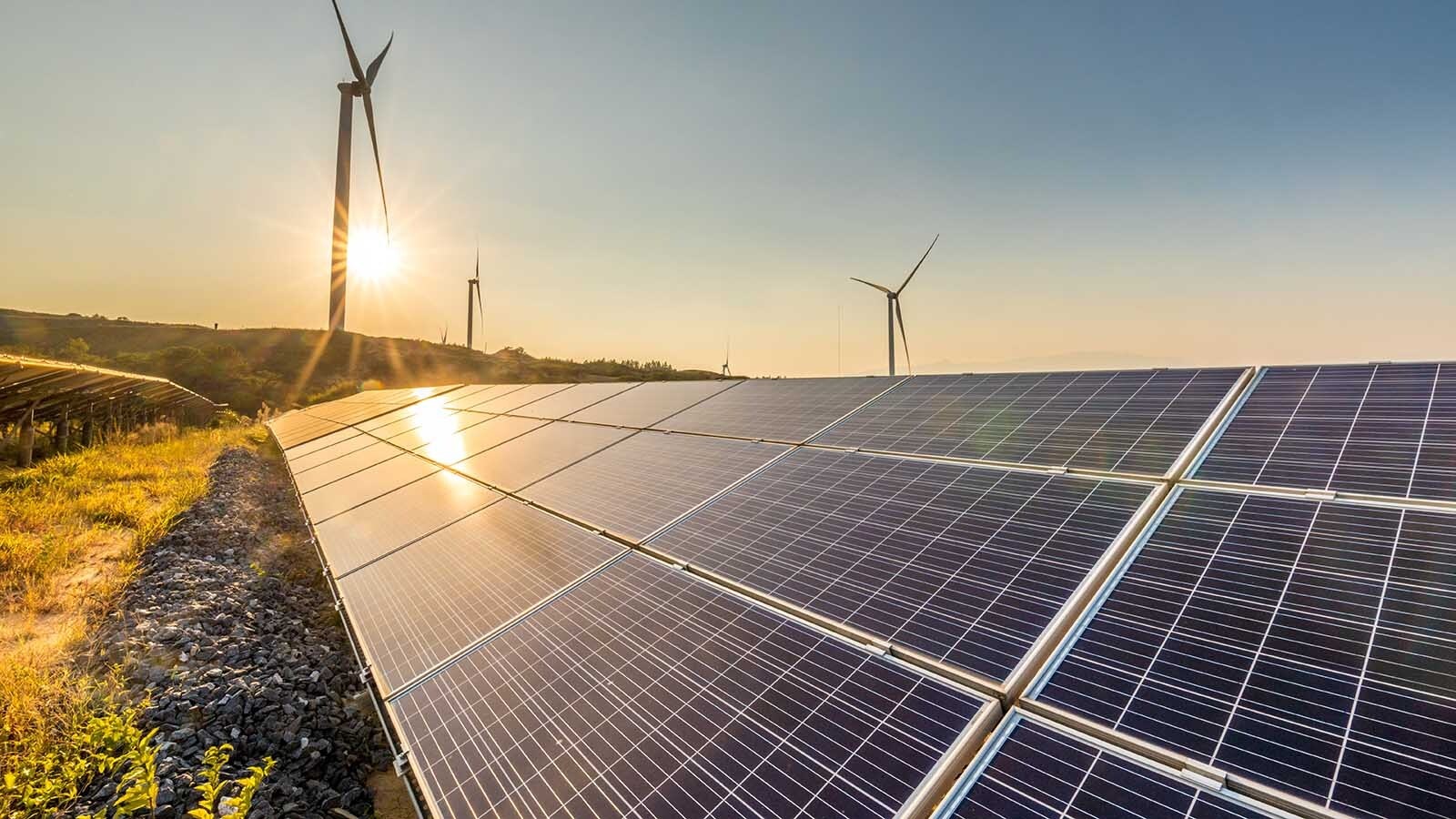After a decade of legal tussling, the coal industry may have won a drawn-out battle to lift a moratorium on federal coal leasing, but now comes the difficult part. What’s next?
Market conditions are far softer than they were back in the Obama-era when the moratorium was first imposed. And there haven't been any new federal coal leases in Wyoming’s Powder River Basin (PRB) in over a decade.
The way energy economist Rob Godby sees it, the coal industry won a Pyrrhic victory this week when a three-judge appeals court panel – in left-leaning San Francisco of all places -- ruled to lift the moratorium.
“The ruling won’t change the operation of the coal industry, at least in the near term,” said the University of Wyoming’s Godby.
He believes mineral leasing in the coal-rich PRB won’t lead to a Wild West bidding war to grab more land.
“I don’t expect a deluge of lease applications,” he said.
This is because the industry learned its lessons from its aggressive pursuit of coal leases over a decade ago when the Bureau of Land Management (BLM) last auctioned off federal land for mining.
Some critics have pointed to the timing of the leasing, anti-coal policies that were just emerging out of Washington, D.C., and the shift to cheaper sources of power generation, the reasons why some players in the coal market went belly up.
The tepid demand for coal never lined up with the heated pace to build supplies. It was over exuberance, according to Godby and other experts interviewed.
Leasing Is Win-Win
An unidentified executive for a major producer of millions of tons of coal in the PRB told Cowboy State Daily that he doesn’t agree with Godby’s position that the elimination of the moratorium was a kind of no big deal for the industry.
“I understand the position, but if there are zero leases [with a moratorium], and now we’re having a discussion on leases, that’s a win, and sets up for discussions with future administrations,” said the executive, who didn’t want to speak on the record because of politics swirling around the issue.
“This moratorium ruling could really pay off for Wyoming,” he said.
While interest in getting the coal leasing program started again is strong, the executive believes there won’t be much tangible interest until after the Nov. 5 presidential election.
This is because of the Biden Administration’s continued push of anti-coal policies, and the possibility of an administration entering next January that is friendlier to carbon-based energy like coal, oil and natural gas.
“My guess is that nothing immediate will happen,” the executive said.
Competitive Pressures
The industry is facing far different competitive pressures today than a decade ago.
“It’s been a long time since there’s been a coal lease,” Godby told Cowboy State Daily in an interview. “The company and public attitudes are different than they were a decade ago. There was optimism in coal country then, which just isn’t there today.”
The industry has since tempered its approach to leasing and pulled back in investing capital in the PRB.
“There’s a certain amount of market reality that has sunk in over the last several years that makes people far more strategic and conservative in their investment decisions,” Godby said.
As an example, he pointed to the growing fold of electric utilities that dropped coal as a main fuel source for their power plants and switched to cheaper natural gas – all within the last decade. Also, alternative forms of power like wind and solar have grown in popularity as the federal government has restricted carbon-based fuels while giving a helping hand with tax credits to wind, solar and other alternative forms of power generation.
Godby believes the coal industry won’t repeat its mistake of overextending its lock up of federal leases in the Powder River Basin.
Falling coal demand, holding the bag on leases and debt, led several coal operators to file for bankruptcy protection as cash flows tightened.
From 2016 to 2019, coal operators in the Powder River Basin stumbled mightily.
Among others, the biggest to go bankrupt during this period included Missouri’s Arch Resources Inc., Peabody Energy Corp., also headquartered in Missouri, and Wyoming’s Cloud Peak Energy.
Peabody and Arch tried to merge but those plans were nixed by the federal government because the combined company could pose an anti-competitive risk to smaller players.
Strategic thinking for both of these players has since changed.
A week ago, Arch disclosed that it’s considering “strategic alternatives” with its thermal coal assets, including the “potential divestiture” of its properties in northeastern Wyoming and elsewhere.
And earlier this month, Peabody unveiled a different message when it reported that the mining company saw its highest level of coal production in PRB during the fourth quarter of 2023 since 2019, despite a tornado hitting its flagship mine last summer.
Arch and Peabody spokespersons were unavailable for comment on future leasing plans in PRB.
Lukewarm Bidding
No matter the coal operator in the PRB, Godby foresees lukewarm bidding going forward.
“Those interested in leasing will be careful about making long-term commitments and adding unnecessary costs given future market conditions. Declining demand makes the need for future coal less pressing,” he said.
A BLM spokesman couldn’t immediately address any of the issues of what the coal leasing program might look like going forward.
The Wyoming Energy Authority (WEA) doesn’t view the court ruling by the U.S. Ninth Circuit Court of Appeals through rose-colored glasses.
“While this decision is welcomed, the reality is that nine of the top 13 states that use Wyoming coal want it cleaner and to lower the emissions of its use, which is why it is absolutely critical that we continue to develop point source carbon capture technology so that we can ensure a long and successful future for this valuable resource that has built this state for decades,” wrote WEA Executive Director Rob Creager, in a statement provided to Cowboy State Daily.
“Coal still supplies over a third of the world’s electricity generation, and Wyoming still has an abundance of coal to supply to our external markets,” Creager said.
Coal mined from federal land is an important source of revenue for Wyoming – but the lifting of the moratorium isn’t expected to dramatically reverse the downward spiral in coal-buying in recent years.
In the United States, coal production provided about $11.2 billion in economic output in the fiscal year that ended Sept. 30, 2022, the latest available figures provided by BLM.
Wyoming made up about 37% of that share, or $4.1 billion.
Overall, BLM administers 283 coal leases covering 427,425 acres in 11 states. About a third of those leases are in Wyoming.
In fiscal 2022, coal production from federal lands increased to 270.3 million tons compared to 258.3 million tons in fiscal 2021 – a 5% jump partially attributed to the economy restarting after COVID-19 workplace restrictions were lifted.
Also in fiscal 2022, federal coal generated roughly $536 million in royalties, $1.4 million in rentals, and $5 million in bonus payments in fiscal 2022.
Mineral royalties paid to the U.S. and coal leasing bonuses to Wyoming have been significant in recent decades – though not in recent years.
A coal leasing bonus is an amount paid to the state or other landowner by a mining tenant when its lease is secured.
Wyoming has seen a dramatic shift in revenue losses from coal leasing.
Coal leasing bonuses dropped out of Wyoming’s school funding in 2019 after having contributed hundreds of millions of dollars in the previous decade – most of which was tapped to build or renovate the state’s K-12 schools.
That buildup in state coffers resulted from coal companies rushing to lease as much BLM land as they could.
Today’s landscape has changed, and that buildup in cash may never happen again. This is because interest in federal coal leasing has been tempered, Godby said.
“We are not running out of coal,” he said. “You get to a point where it may not be worthwhile to pursue a new lease to secure a supply, even though the current trend shows we probably have too much coal mining capacity.”
Pat Maio can be reached at pat@cowboystatedaily.com.

